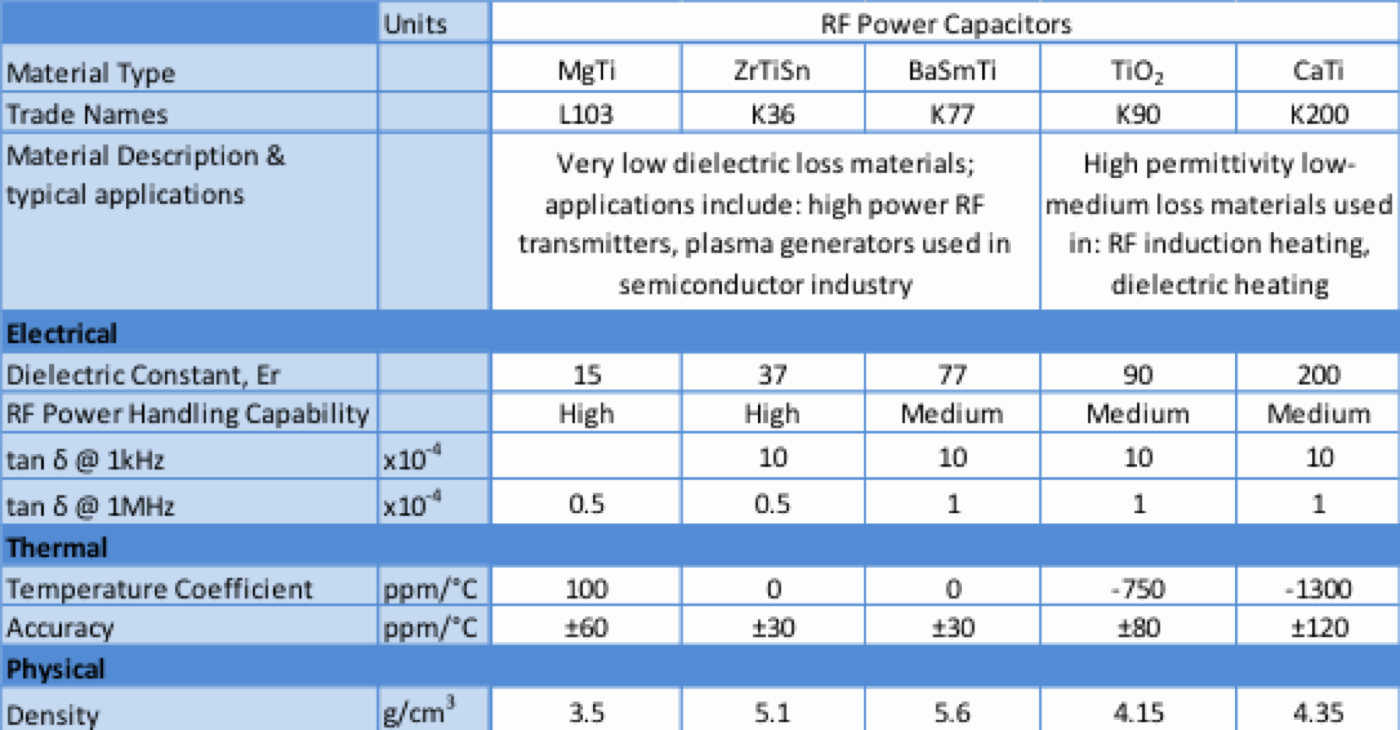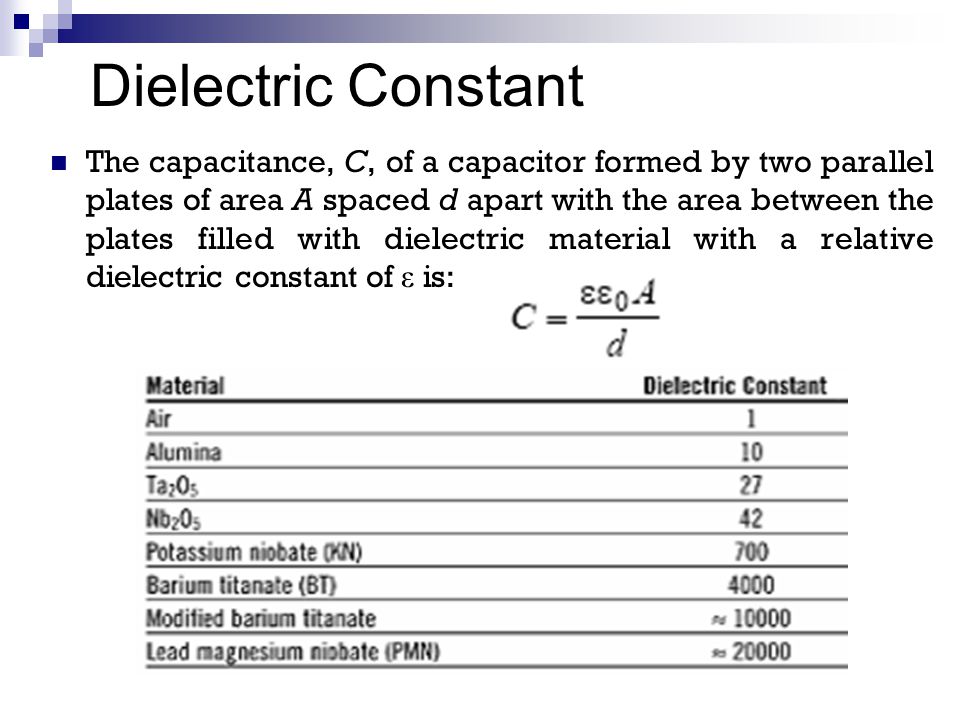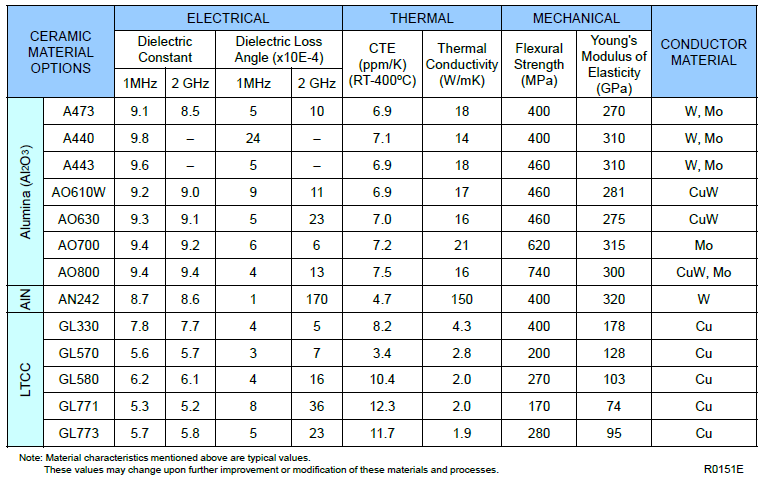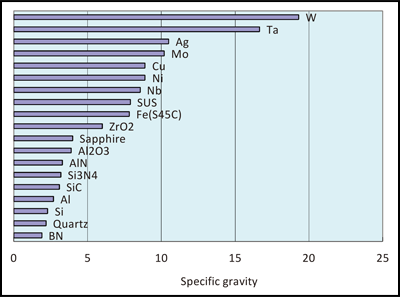They provide high wear heat and corrosion resistance as well as high tensile strength volume resistivity dielectric strength and modulus of elasticity.
Dielectric strength of ceramic materials.
Advanced ceramics are insulating materials.
Within the ceramic capacitor family there are many forms of ceramic dielectric that are used.
Most of ceramic materials are dielectric materials having very low electric conductivity but supporting electrostatic field.
Advanced ceramics offer superior dielectric properties compared to those of metals and plastics.
The dielectric strength for air is approximately 3 megavolts per meter.
The dielectric constant is the relative permittivity of a material compared to a vacuum or free space.
Electrical conductivity of ceramics varies with the frequency of field.
Dielectric strength is the maximum voltage field that the ceramic or material can withstand before electrical breakdown occurs.
In comparison the dielectric strength for mica is approximately 120 mv m.
Ceramic materials offer a number of benefits in a variety of applications.
The great plasticity of ceramic raw material and the high dielectric strength of ceramics deliver solutions for many applications and are the reasons for the enormous diversity of styles within the family of power ceramic capacitors.
Other electrical properties such as dielectric strength relative permittivity or dielectric constant and the loss angle vary from one ceramic to.
Other electrical properties such as dielectric strength relative permittivity or dielectric constant and the loss angle vary from one ceramic to.
Power ceramic capacitors are mostly specified for much higher than 200 volt amps.
Or it can be defined as the measure of dielectric breakdown resistance of a material under an applied voltage and is expressed as volts per unit thickness.
Electrical conductivity is ability of material to conduct electric current.
They do not conduct electrical currents.
Dielectric strength reflects the electric strength of insulating materials at various power frequencies.
Advanced ceramics are insulating materials.
The theoretical dielectric strength of a material is an intrinsic property of the bulk material and is independent of the configuration of the material or the electrodes with which the field is applied.
Advanced ceramics offer superior dielectric properties compared to those of metals and plastics.
The choice of dielectric material is very important in some applications where high voltages are expected or when the thickness of the dielectric is very small.
This intrinsic dielectric strength corresponds to what would be measured using pure materials under ideal laboratory conditions.
The electrical conductivities differ by a factor as large as 10 12 10 21 between metallic and ceramic materials.
Common types include c0g np0 x7r y5v z5u although there are many more.
This physical property is called resistivity.









